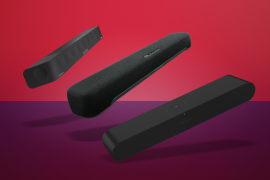Google Wifi review
Are Google's charming pucks the answer to your internet dreams?
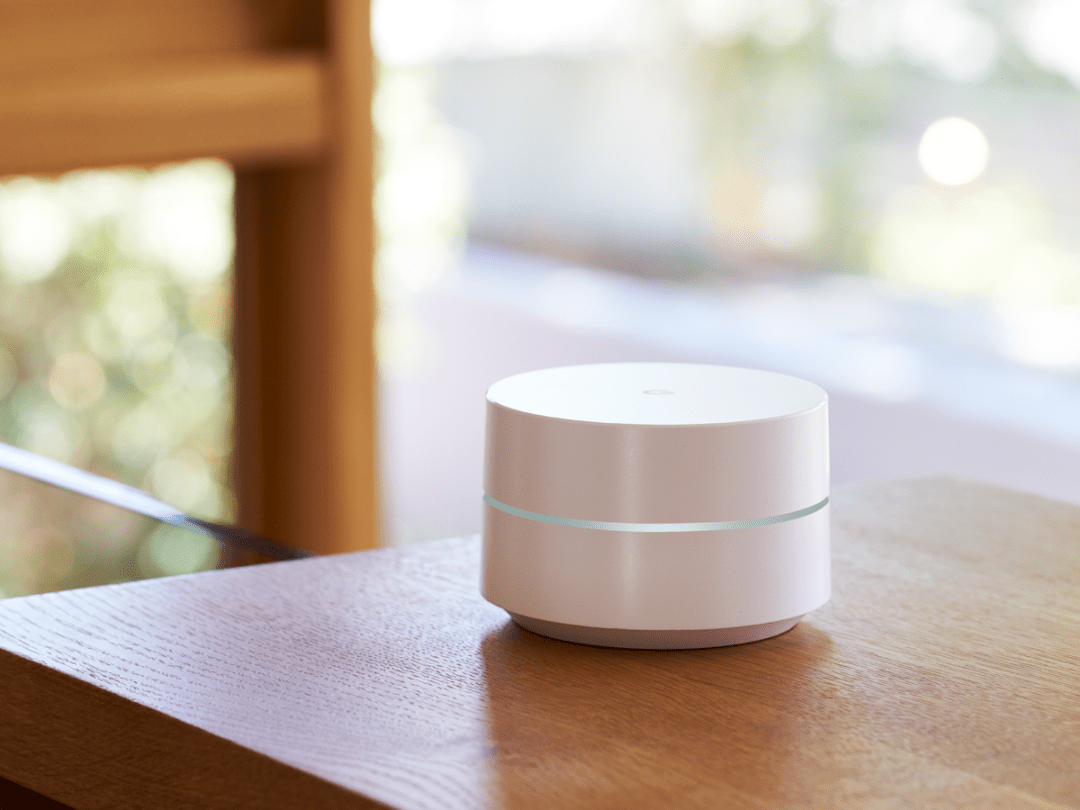
Building a smart home around most routers can feel like trying to run a spaceship on AA batteries.
Like its close domestic relative, the boiler, the router is synonymous with pain, suffering and weird computer-speak like 192.168.0.1.
Google’s Wifi is here to change that. Rather than an old drunk shouting across you whole house, its mesh system acts like a harmonious group of barbershop singers. Smaller flats can benefit from just one of its charming pucks, but Wifi really comes into its own in larger houses.
That’s because mesh systems like this consist of multiple routers that all work in tandem. The more units you add, the more robust your Wi-Fi becomes. If you’ve got a big house with a number of black spots, Google Wifi could be the answer to your prayers.
Google Wifi design: pucker up
First, the bad news: you won’t necessarily be able to chuck out your old, ugly router. That’s because Google Wifi doesn’t have a built-in modem.
If, like me, your ISP has given you a black box that houses both a router and modem, you’ll need to plug one of Google Wifi’s lovely, circular pucks into that, then disable its wireless powers. This worked fine when we tested it with our Sky broadband router (more on that in setup, below).
It’s also worth clarifying that this isn’t to be confused with Google Fiber – in internet terms, Wifi is like upgrading to a multi-room sound system, but it can’t do much if your broadband is feeding it the equivalent of chewed up cassettes.
But that’s enough talk about modems and broadband – let’s just admire Google Wifi’s industrial design, which is pretty stunning. The white cylinders are incredibly solid, and the build quality genuinely excellent.
These routers (and they’re all individual routers, not Wi-Fi extenders) have a similar footprint to Google Home, which means they can hide away discreetly on bookshelves, desks or anywhere there’s power available.
Like Google Home, the design is non-descript yet stylish. The light strip in the centre adds to the appeal, glowing a contented teal when all is well with your connection. If you want to place one in the bedroom, you can also lower the brightness.
Google Wifi setup: easy as pie-fi
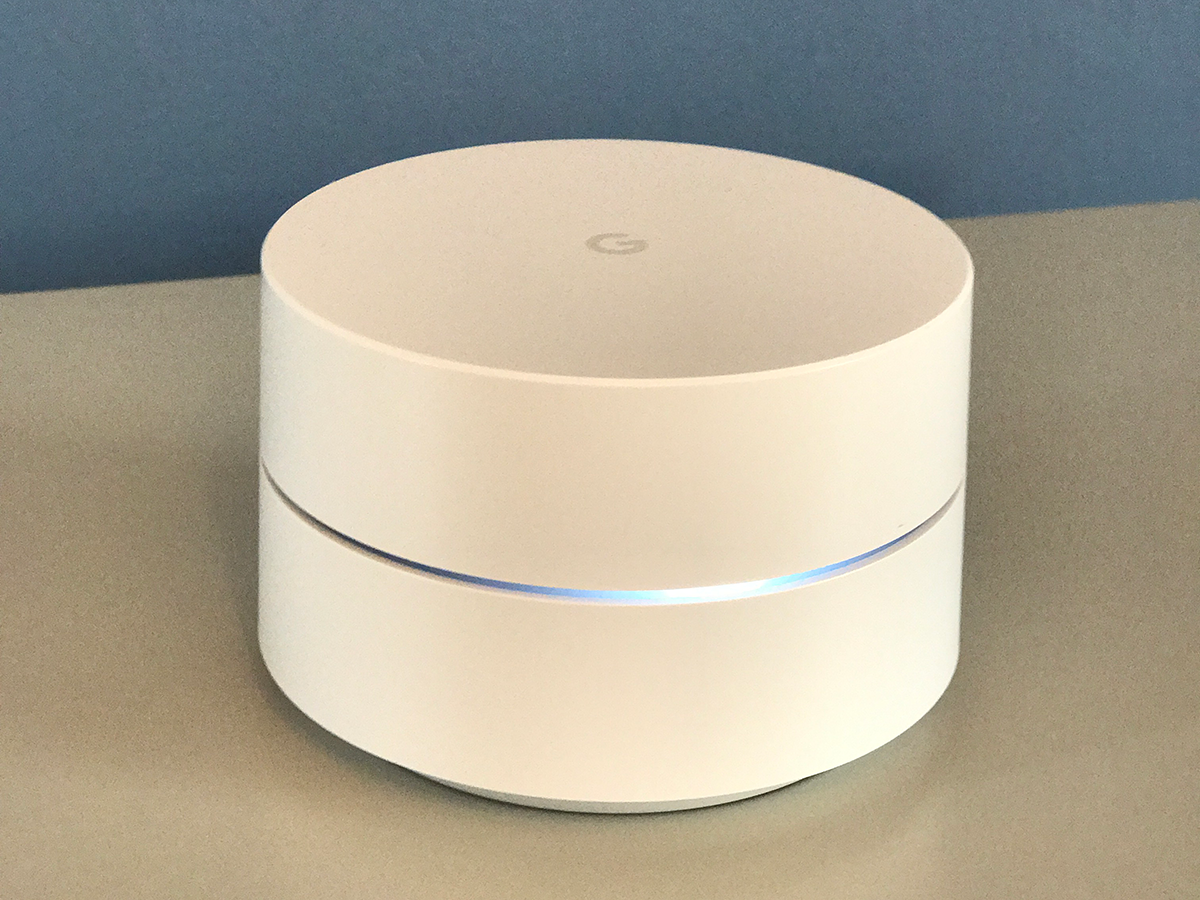
Setting up Google Wifi is so incredibly easy. We don’t jest. So easy. Everything is done through the Google Wifi app for iOS or Android.
First, just plug one of the units, via ethernet, into the back of your box supplied by your ISP (in my case the Sky Q hub), go into your router settings via a web browser and – this is the hardest part, trust us – disable the wireless signal. You don’t have to do this, but it’s best to to avoid any kind of interference.
From here, it’s a matter of setting up your network via the Google Wifi app, then scanning a QR code on the bottom of the unit you attach to your main router on the way. Google suggests placing the units a rather vague ‘two rooms apart’ and in ‘open space’.
In my mid-size 1900s stone-walled semi-detached, my main router is in the dining room. Two rooms away is the utility and downstairs toilet, which is a notorious blackspot for us. Adding another unit to the utility area fixed this – something a repeater could never do. And all we had to do was set up another Google Wifi point in the app. We were set up with Google Wifi – from unboxing to creating our network – in less than five minutes. That is hugely impressive.
Hang on, what’s a mesh network?
The likes of Google Wifi and Netgear Orbi aren’t to be confused with Wi-Fi extenders. Rather than simply rebroadcasting your router’s signal, a mesh network is a team of routers that work together to create a giant Wi-Fi blanket that smothers your home.
If you’re just looking to fix a small internet dead spot in your house, and otherwise have good Wi-Fi, then Wi-Fi extenders and boosters still have their place. Check out our guide to fixing your Wi-Fi. But mesh networks’ ability to create a single, smart highway for your internet traffic is about more than just reliable Wi-Fi – it also means more consistent speeds and some handy bonus features. Such as…
Google Wifi features: routers are the new TV remotes
Do you really need your router to have ‘features’? After all, you’d probably pass on your boiler learning to talk in return for an improved chance of it not going on strike in January.
I thought the same, until I saw some of the neat things you can do with Google Wifi’s app. This is where Google Wifi really beats the competition – the depth of features, and the simple way information is presented is something very special. Now everyone can be a network geek – and it’s very addictive.
I have two tablet-obsessed kids. Getting them off the internet is akin to anyone but Arthur pulling a sword from a stone. When dinner time comes, it’s literally a matter of prising the tablets from their hands. But Google Wifi fixes this through Family Wi-Fi pause, and it’s a godsend for parents.
Using the app, you can set up scheduled times for certain devices to ‘pause’ and not be able to connect to the internet. Or you can manually stop the connection. Yes, you’ll get your kids coming down and saying ‘Daddy, the internet isn’t working’, but you can just lie and blame it on your ISP.
Google Wifi is just as handy for entertaining guests too. Guest Wi-Fi lets you set up a guest network for anyone visiting your house, and restrict their access to certain devices (Google Home, or a Chromecast for instance) so they can’t tinker with your stuff. You can set up a separate network name and password, and turn it on and off at will.
Even better, by accessing On.Here – Google Wifi’s device sharing service – your guests can control things like your Hue lights without downloading the app. So if you have Hue lights in the spare room and guests want to turn them off remotely, they can. Or if they want to ping their photos of their holiday to your TV, not a problem. Super-cool.
And that’s not all. You can, rather brilliantly, prioritise traffic to a device, without having to dig around in any kind of router settings. Want to prioritise your PS4 for online gaming? Just set it up and you’ll get added performance, while other devices can still connect to the web. You can change the duration of prioritisation as well. And it really works.
But isn’t the main benefit of mesh systems that they avoid congestion by doing clever stuff like auto-switching channels? Yes, and Google Wifi will do that most of the time. But it’s nice to know that, in extreme cases, you can assert your authority as the lord of Wi-Fi.
You can maintain your lord status even when you’re away from your house’s network too. I had some fun with this, pausing the kids’ internet connection from a coffee shop. Cruel, but all in the name of testing. The Google WiFi app is genuinely brilliant.
Okay, what can’t Google Wifi do?
Ah, so you like to run your own home VPN server and generally shift a lot of data between devices? We doff our nerd cap to you, but Google Wifi probably won't be for you.
The app doesn't have a lot of deep customisation, and it's not the absolute fastest for the price. For example, the Netgear R6400 offers AC1750 speeds for only £80.
But for most people doing internet stuff (streaming Netflix, gaming, web browsing), AC1200 speeds will be fine – and that's what Google Wifi offers.
Google Wifi performance: the model of consistency

If your internet connection is slower than a tortoise on Valium, Google Wifi isn’t going to improve this – it can only work with what’s coming in through the pipes. But if, like us, you’ve got a reliable fibre connection, Google Wifi excels.
As we’ve mentioned, setup is a breeze, but network coverage is really strong – our home blackspots being eliminated. Even in the garden we were getting a strong signal – and now it’s getting sunny, that really is a boon.
Download speeds were around the same as our Sky Q Hub (our Sky Q system is a mesh network itself), but we were definitely getting better coverage with Google Wifi.
Network Assist is where Google Wifi just kills it. If you’re on a mobile device and moving around your home, the Network Assist feature will work out which Google Wifi unit is closest to you and offer you the best bandwidth by switching channels.
It’s the beauty of a mesh network – wherever you are, you’re going to get the same download speed. In our tests, Wi-Fi on our iPhone was at full strength throughout the whole house, something that just didn’t happen before.
Of course, if you’re in a flat or a small house then a pair of Google Wifi units may be overkill – one is probably enough (and you’ll still get the benefits of the app and extended range). But for me, in a three-bed, old house with thick walls, a pair of them is fantastic. It would be even better if we had three or four, but then you’re looking at an investment upwards of £450.
Google Wifi: the competition
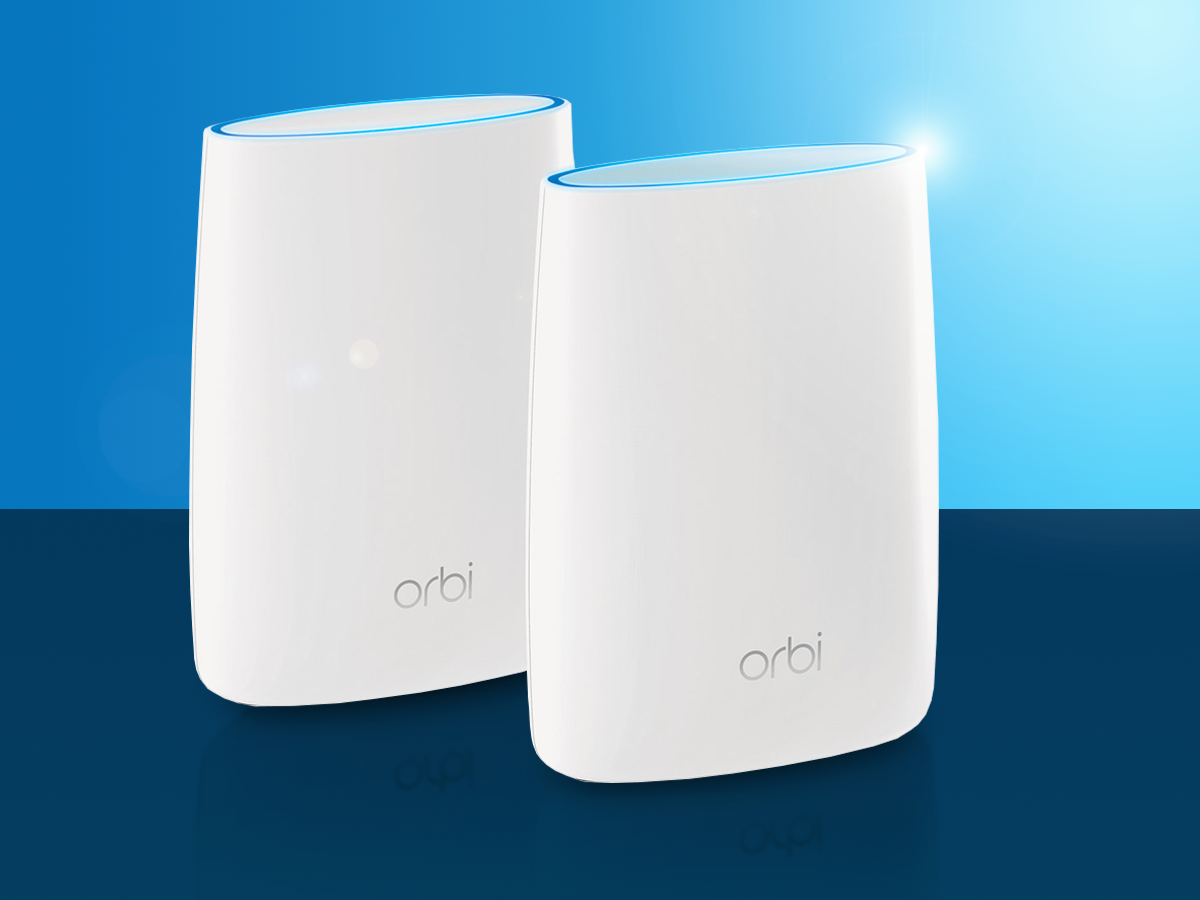
So far in the UK, Google Wifi’s only real rival is Netgear’s Orbi. It shares many of the same mesh-based boons, including strong Wi-Fi coverage across your house, but is more expensive at £370 for a twin-pack (compared to £230 for Google Wifi’s equivalent). It also has an inferior app, and the units themselves are bigger and much less discreet.
Beyond Orbi, there’s also Eero and AmpliFi, neither of which are available in the UK yet (though the latter is coming soon). If you have a Sky Q setup with a number of boxes (perhaps a Sky Q silver and a couple of Minis), these do also act as a mesh network, although you’re of course limited to placing them where your TVs are.
This means that, right now, Google Wifi is your best bet for a mesh system – and from what we’ve seen, it’s going to take some beating.
Google Wifi verdict
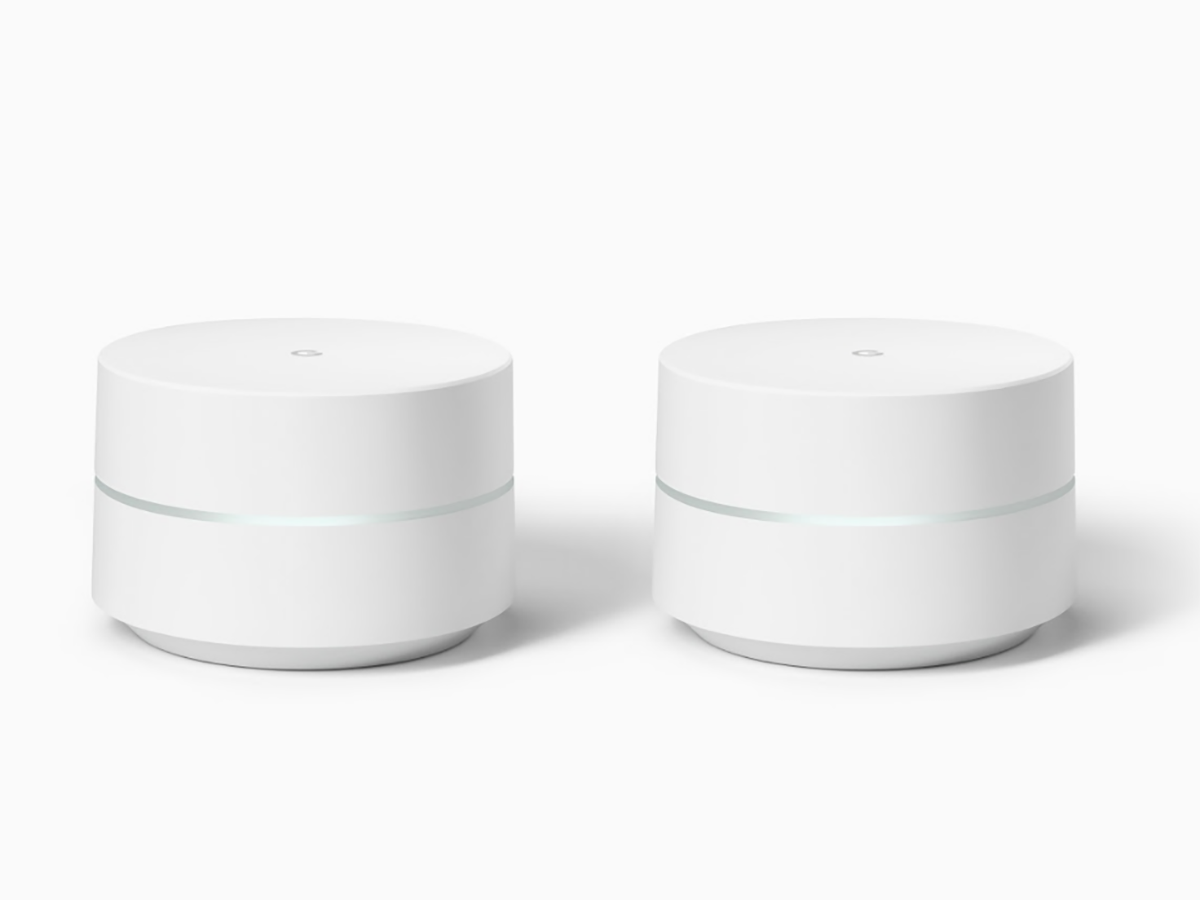
Google Wifi not only looks the part, it performs. Not everyone necessarily needs it – if you live in a small flat with generally good Wi-Fi, you’re not going to gain much for your £129 apart from improved network handling and a nice app.
But for families living in a larger house that’s home to a increasing number of internet-thirsty gadgets, it’s just the ticket. Google Wifi helps get rid of annoying blackspots, and the app is brilliant for parents, thanks to features like Family Wifi pause for scheduling ‘internet free’ breaks in the day.
Competitors are coming from across the pond, but right now this is the best-looking and most user-friendly Wi-Fi system I’ve seen. There’s no going back to my old black box now.
Stuff Says…
A Wi-Fi wonder that’ll make your old router look like a tech dinosaur
Good Stuff
Incredibly easy to set up
App offers comprehensive control
Parental controls are ace
Very consistent Wi-Fi coverage
Bad Stuff
Might be overkill for smaller flats
Lacks the deeper control of nerdier rivals

